The 5 Ways to Read The Directions to Happiness by Bruce Northam
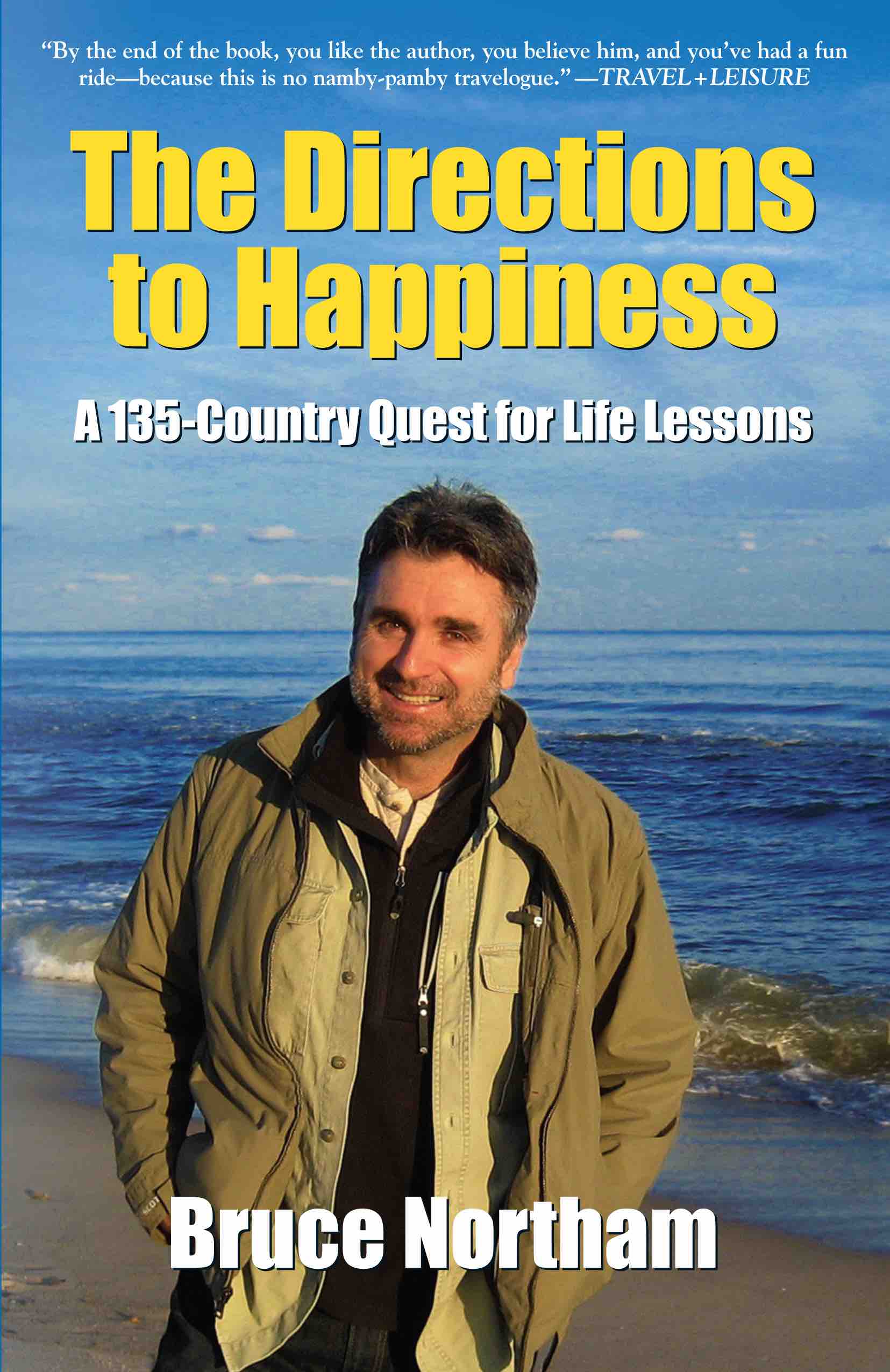
At the not-very-tender age of 35, travel writer Bruce Northam hitchhiked America from coast to coast one more time to bring awareness to the fact that it could still be done in spite of the negative P.R. the practice was receiving in the ’90s. By that time, Bruce had already been hitchhiking for two decades. His new book, The Directions to Happiness, is a lifetime of accumulated lessons given across his 30 years spent traveling in and out of 135 different countries. His “country math” was done reluctantly. As he told me, “Roaming the world should be a matter of art, not math.”
Having been able to count this New York-based author as a beer-drinking buddy of mine for the last two years, I knew I was in for some good storytelling when I loaded his latest book onto my Kindle. What I hadn’t anticipated was an integral guide that offered a thorough narrative and a compelling blueprint for finding purpose and meaning as a modern nomad.
The earnest travel wisdom coursing throughout the narrative is the sort you can’t get without spending a life on the road. Bruce is unafraid of alluding to his “vicier” days of youthful rambling, and he is unapologetic when he shares with his readers his fears the Internet culture might be fatally toxic to travel writing.
Bruce’s mischief-making followed him well past the age when most people in his age bracket begin dreaming about early retirement from the cubicles that could never hold him. He begins his narrative with tales from a childhood similar to the one led by Calvin from Calvin and Hobbes. He ends decades and 135 countries later, not owning a second home, but happy; still traveling, but settled enough to raise his daughter and to care for his aging parents.
The Directions to Happiness passes through a number of levels, from nodding wisdom to intoxicated hilarity. If you’ve been anywhere, odds are you’ll get to read about those places through Bruce’s unique lens.
Here are five ways in which the book makes a particularly compelling read.
1) The Directions of Happiness Should be Required Reading for Aspiring Travel Writers
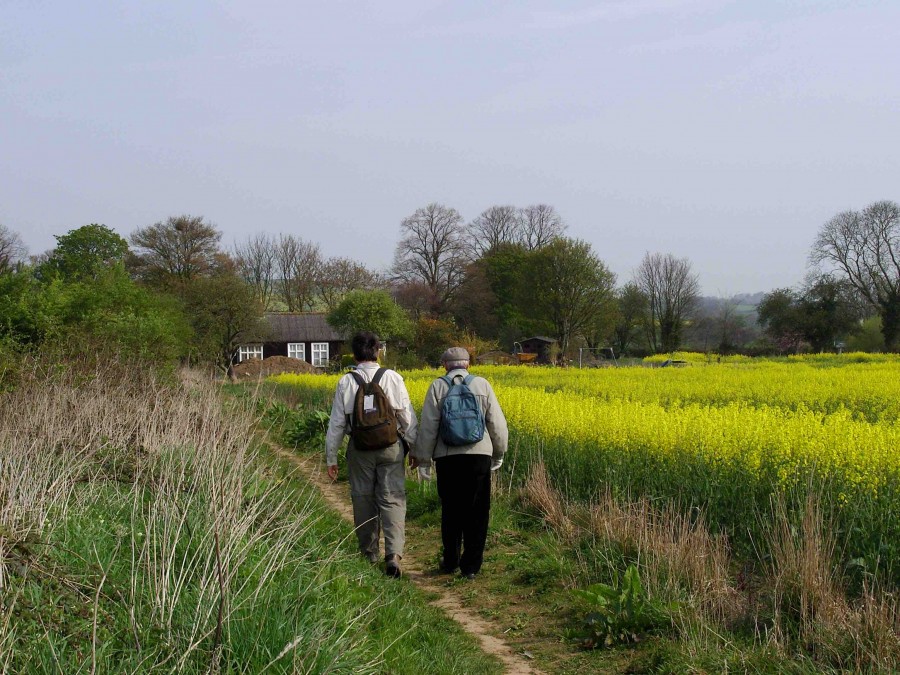
Bruce writes, “Nobody learns how to be a writer, nor a traveler. You make it happen.” Three years on, I’m still doing that, and at a certain point in the book, I stopped to take serious note. Bruce’s story is the story of a travel writer who made it. During the course of his three previously published books, he passed from varying states of financial stability, but he never gave up the fight — he was having too good a time.
“Writing about travel won’t win most fame or fortune, but it can send you and your pen to corners of the world that inspire alternative outlooks on life’s choices.” I read somewhere once that contentment is the measurement of having lived in a way that you’re proud of. The message of the book is clear: Bruce is certain he has made the right choice, and he knows he could never have found happiness by having lived any other way.
Bruce came to realize that a road well traveled and story well written were rewards of the highest rank. For me, this message is encouraging. Beyond encouragement, Bruce gives travel writers a lesson on how to be a travel writer while still providing an authentic voice. This is an important lesson today, especially given an Internet culture that seems to constantly be screaming: “Look at me!”
Throughout the book, he’s keenly aware how travel writing is changing, and he’s not thrilled that “[t]he explosion of travel content creators, especially on the web, forever changed the game. Some, who never muddy their shoes, are simply rewriting press releases where nobody ever seems to get robbed, conned, injured or laid.”
If you would like to live off travel and writing, and don’t want to contribute to international irresponsibility, this book offers an important viewpoint.
2) Read The Directions to Happiness as a Best Practices Guide to Cultural Travel
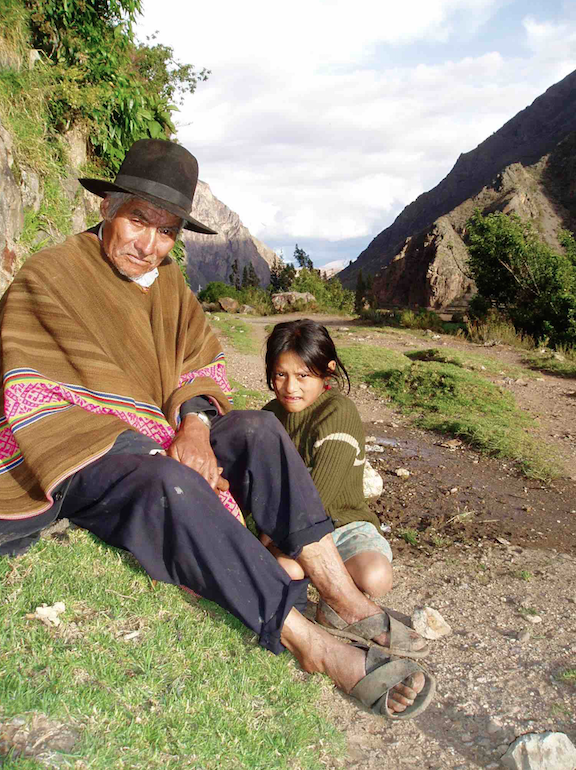
There are, in fact, right and wrong ways to travel. If you don’t think so, guess where you fall? Beyond rarely productive carbon footprint calculations, there’s a way to interact with locals where both the visitor and the visited come away better as a result of the meeting. Bruce interacts with locals as a grateful guest and offers the wisdom accumulated from these interactions.
“Don’t spend time, enjoy it,” a musician in Mozambique once told him.
“Your best teacher is your last mistake,” he learned from a Shaman in Peru.
Part of entering into another person’s world is fully leaving the world you’ve left. Bruce’s life on the road led him to see first-hand how traveling changed when Internet-connected devices started filling everyone’s packing list. This bums Bruce out. He’s not preachy, but he simply wants people to know how much better their trips will be if they “[u]nplug every now and then.”
3)Read The Directions to Happiness as a Guide on Volunteerism and Sustainable Travel
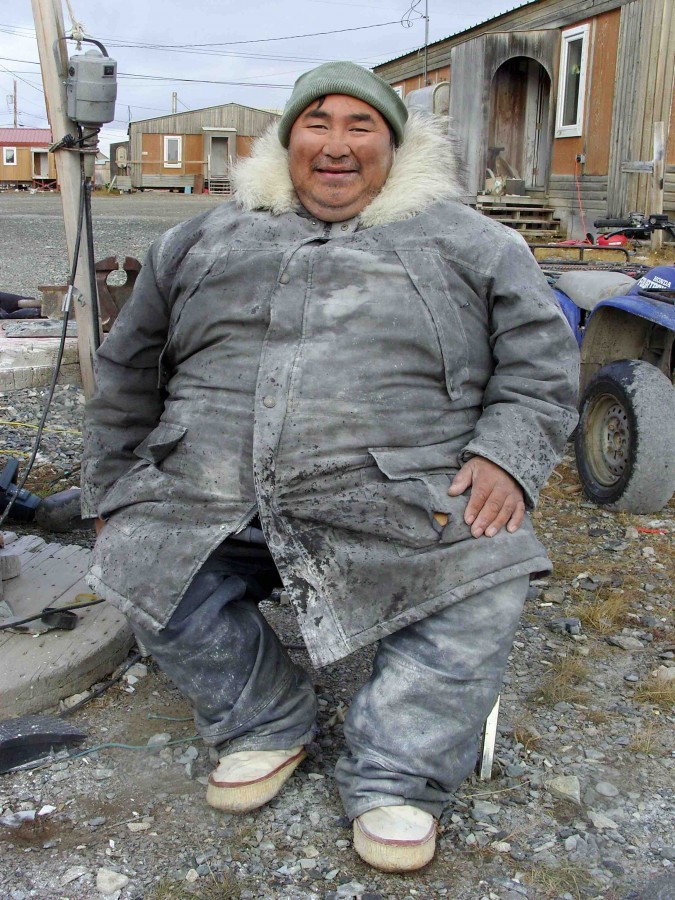
With the permission of the administration, Bruce has waltzed into many an elementary school around the world and commandeered a classroom to serve as the student’s guest teacher for a day. He has also spent time with orphanages and empowered NGOs around the world.
The lesson from this is that we don’t always need to work with a charity to make a meaningful difference, but neither do we need to shun charities. Living itself lends itself to countless human interactions, which we can steer towards positivity or negativity.
This mentality should be central to anyone dreaming of making a difference abroad. It leads to an important starting question: “Am I making a difference where I am right now with everyone I encounter?”
4) Read The Directions to Happiness As a Guide to Modern Nomadism

Living out of your suitcase isn’t always an endless adventure. Sometimes it’s hopelessly dirty underwear and troubling parasites. Considering the downsides, which include irrational fevers in lands where medicine hasn’t progressed much beyond the Middle Ages, the upsides must be truly marveling for so many people to consider a life on the road a dream life.
Living on the road teaches you there are quite a few of us out here, and while we all think our lives are awesome, we live them in defiantly different ways. When starting out, it’s important to consult those who made it out on the other side sane and not living in a cardboard box. Though I’d be the first to defend an insanity plea from Bruce, he’s certainly not living in a cardboard house beneath a bridge. Nomads, take notes.
5) Travel Philosophy as Found in The Directions to Happiness
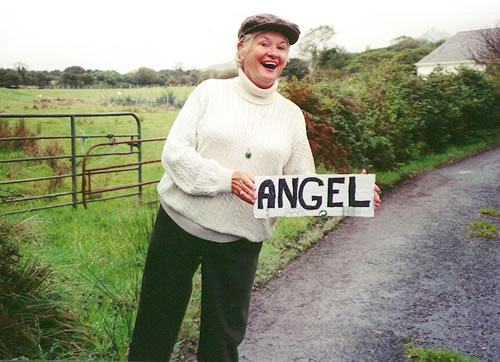
If you’ve ever read the complete works of any travel writer (or career writer for that matter), there comes a point in their career where their life philosophy progresses from fluid to established and somewhat certain. This is when they can really begin to impart their own travel philosophy to those still in their formative stage.
Bruce’s travel philosophy is a patient, non-judgmental one. He alludes to his wilder moments and reminds travelers to cherish each moment, place and person.
At one point, I stopped to reflect after reading the following passage: “Traveling makes people feel better not just because of the escapades to be had in new horizons, but also because we’re re-triggered to share our life story — and hear someone else’s.”
Living on the road, I take this fact for granted. Basically, everyday, I meet someone new, hear their 30-second elevator speech on who they are, and then I tell my own. I began to wonder: How has this impacted the people I’ve met?
*
In his epilogue, Bruce writes about how his biggest lesson compiling the book was the realization that a person living in one village for a lifetime often stumbles upon the same lofty wisdom that has taken civilizations centuries to realize.
“Someday we’re all going to realize we’re in this together,” Bruce writes. The road to get there may just be paved by those with worn soles because, “[b]roadminded, non-political solutions to the continuous warfare creeping into every shade of our planet won’t see the light until more travelers meet.”

 Luke Maguire Armstrong is the author of the intrepid travel collection The Nomad’s Nomad. When he’s not traveling or getting mauled by rodents in the jungle, he spends his time being rejected by girls in bars in Antigua, Guatemala. He broke his left ankle river dancing and his right ankle trying to impress the locals in Belize. Give Luke a guitar; he’ll sing you a song. Hand him a whiskey; he’ll tell you a tale. Give him both, and he’ll give you something to drink about.
Luke Maguire Armstrong is the author of the intrepid travel collection The Nomad’s Nomad. When he’s not traveling or getting mauled by rodents in the jungle, he spends his time being rejected by girls in bars in Antigua, Guatemala. He broke his left ankle river dancing and his right ankle trying to impress the locals in Belize. Give Luke a guitar; he’ll sing you a song. Hand him a whiskey; he’ll tell you a tale. Give him both, and he’ll give you something to drink about.
